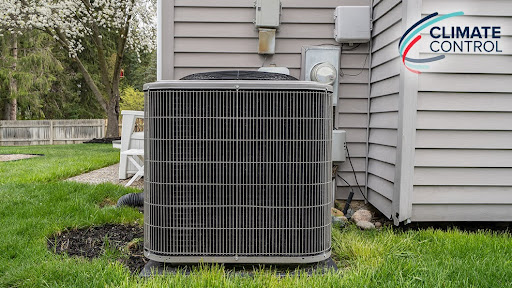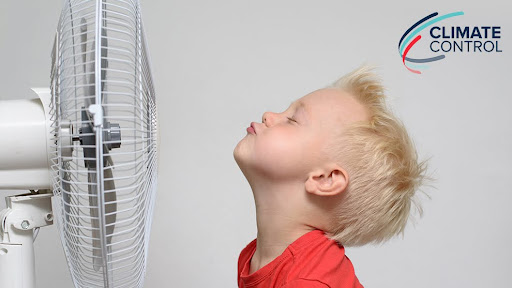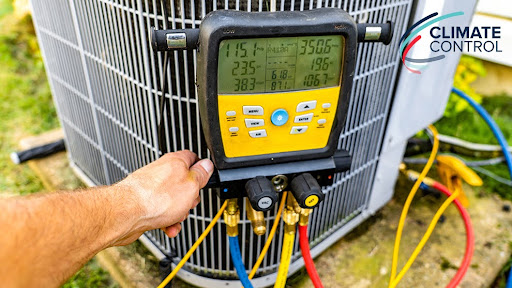Most people think of mold as a nuisance that doesn’t belong in their homes, but the truth is that mold spores are actually in the air just about everywhere. It’s when we see those spores in massive quantities that have collected and are growing that we notice we may have a mold problem. In other words, it isn’t the mere presence of mold that is the problem, but the sight of mold in homes that signifies that there is already a mold problem. Fortunately, professionals in Glenwood Springs and surrounding areas can help.
So what are some signs you may have a mold problem?
- Consistently damp areas of a home such as crawl spaces, stuffy bathrooms or basements that are naturally more prone to conducive mold spore growth
- A musty, mildew-like smell emanating from any of these areas
- Moist or soft wood in the home that is discoloring, such as window frames that flake or splinter, or wooden beams that seem to be eroding or chipping at the ends
- The visual confirmation of mold itself- black or white (or green) in color, sometimes with a fuzzy texture, growing in moist areas
- An increase in respiratory issues or symptoms of allergies
What causes a mold problem in a home?
If mold is almost always present in indoor air, why doesn’t every home have mold problems? It is important to remember that molds are usually not a problem indoors until the mold spores from the air land on a damp or wet area, where they quickly begin growing. The key to controlling mold is controlling moisture! Molds can cause health problems because they produce allergens and irritants and with some rarer types of mold, potentially toxic substances.
What can I do to prevent mold problems in my home?
If you spot mold growing anywhere in your home, you must clean it up according to EPA mold guidelines immediately. Search for a source of dampness or moisture – a leaky pipe or faucet, a dirt floor crawl space, insufficient insulation in windows or constantly “foggy-looking” windows. Have any source of moisture fixed right away. Be sure to maintain a level of humidity in your home that is not exceedingly high; if you use a swamp cooler (or evaporative cooler) be sure your windows are being opened wide enough to allow moisture levels in the home to balance effectively.
Can I effectively clean up mold problems myself?
This depends on several factors, according to the U.S. Environmental Protection Agency. If the mold covers an area that is larger than 10 square feet, you suspect there is mold growth in your HVAC system, the water and mold has been caused by sewage or contaminated water, or there has been a large degree of water damage, you’ll need to contact a plumber in Fairfax VA and surrounding areas who has experience cleaning up mold to do the job.
For help with mold problems and for mold removal, contact Climate Control Company today.






